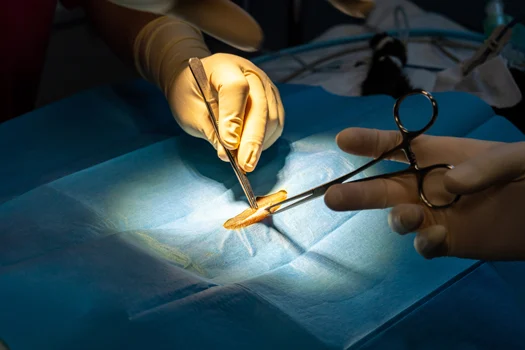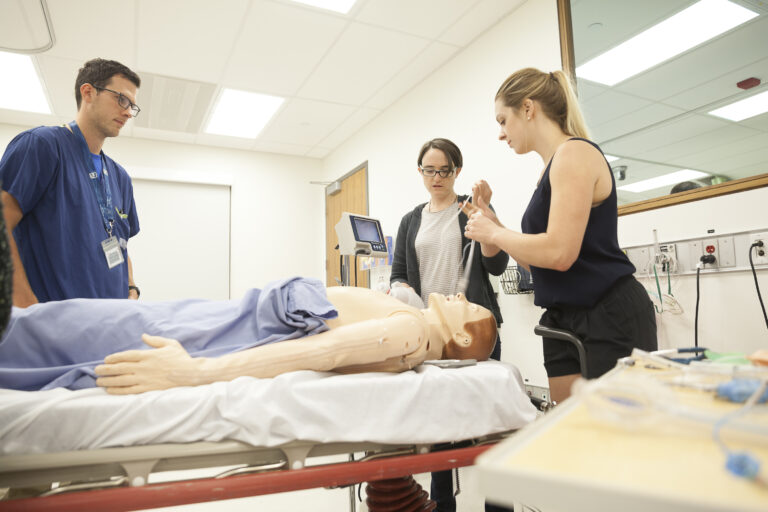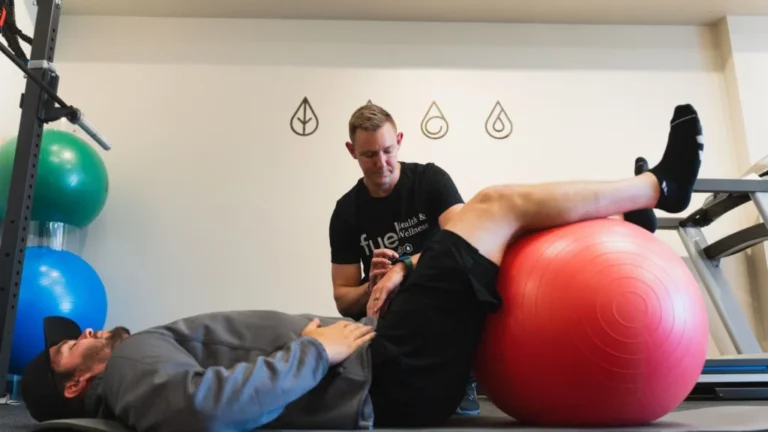The Role of Wound Care in Post-Surgical Recovery

Post-surgical recovery involves multiple components that work together to promote healing and prevent complications. Wound care stands as one of the fundamental aspects of this recovery process, directly influencing healing outcomes and patient comfort. Understanding proper wound care techniques and their application can significantly impact recovery timelines and reduce the risk of complications.
Understanding the Healing Process
Wound care occurs in distinct phases that overlap and interact with each other. The inflammatory phase begins immediately after surgery and lasts approximately two to five days. During this period, the body sends blood cells and nutrients to the surgical site to begin the repair process. Patients may notice swelling, redness, and warmth around the incision area during this phase.
The proliferative phase follows, lasting from several days to several weeks, depending on the extent of the surgery. New tissue forms during this phase, and the wound begins to close. The body produces collagen to strengthen the healing tissue, and new blood vessels develop to support the growing cells.
The final maturation phase can extend from weeks to months after surgery. This newly formed tissue continues to strengthen and reorganize, gradually approaching the strength of the original tissue. Understanding these phases helps patients recognize normal healing progression and identify potential concerns that may require medical attention.
Exploring Daily Wound Care
Proper daily wound care begins with maintaining cleanliness around the surgical site. Gentle cleaning with mild soap and water typically suffices for most surgical wounds, though specific instructions may vary based on the type of surgery performed. Patients should clean their hands thoroughly before touching or cleaning the wound area.
The frequency of dressing changes depends on the type of surgery, the amount of drainage, and the specific dressing materials used. Some wounds require daily dressing changes, while others may need attention every few days. The healthcare provider will specify the appropriate schedule for each patient.
Monitoring the wound for signs of proper healing or potential complications requires daily attention. Normal healing typically involves a gradual reduction in swelling, decreased drainage over time, and edges of the incision that remain closed and aligned. Patients should document any changes they observe and report unusual symptoms to their healthcare provider.
Preventing Complications
Infection prevention represents one of the primary goals of post-surgical wound care. Keeping the wound clean and dry, following prescribed antibiotic regimens when applicable, and avoiding contamination of the surgical site all contribute to infection prevention. Signs of infection include increased redness extending beyond the incision area, increased warmth, pus formation, and fever.
Proper nutrition supports the wound healing process by providing the building blocks necessary for tissue repair. Adequate protein intake helps the body produce new tissue, while vitamins and minerals support various aspects of the healing process. Staying hydrated also promotes optimal healing conditions.
Managing pain and swelling through appropriate methods can prevent secondary complications. Uncontrolled pain may lead to reduced mobility, which can increase the risk of blood clots and muscle weakness. Similarly, excessive swelling can impair blood flow to the healing tissue and slow the recovery process.
Learn More About Wound Care
Post-surgical wound maintenance directly influences recovery outcomes and patient comfort during the healing process. The combination of proper daily wound care practices, attention to the natural healing phases, and proactive complication prevention creates the optimal environment for successful recovery. By understanding and implementing appropriate care techniques, patients can take an active role in supporting their recovery and returning to their normal activities.
- What to Expect When Visiting a Foot and Ankle Specialist
- Causes of PTSD
- The Link Between Plantar Fasciitis and Weight Gain: What You Need to Know
- How Pet Ownership Can Positively Impact Life with Fibromyalgia
- The Importance of Stretching and Flexibility in Sports Medicine
Dr. Emma Green is a health and wellness expert with over 10 years of experience in nutrition and fitness. Passionate about helping others live their healthiest lives, Dr. Green shares practical advice on wellness, nutrition, and sustainable living through LivingSpristine.






